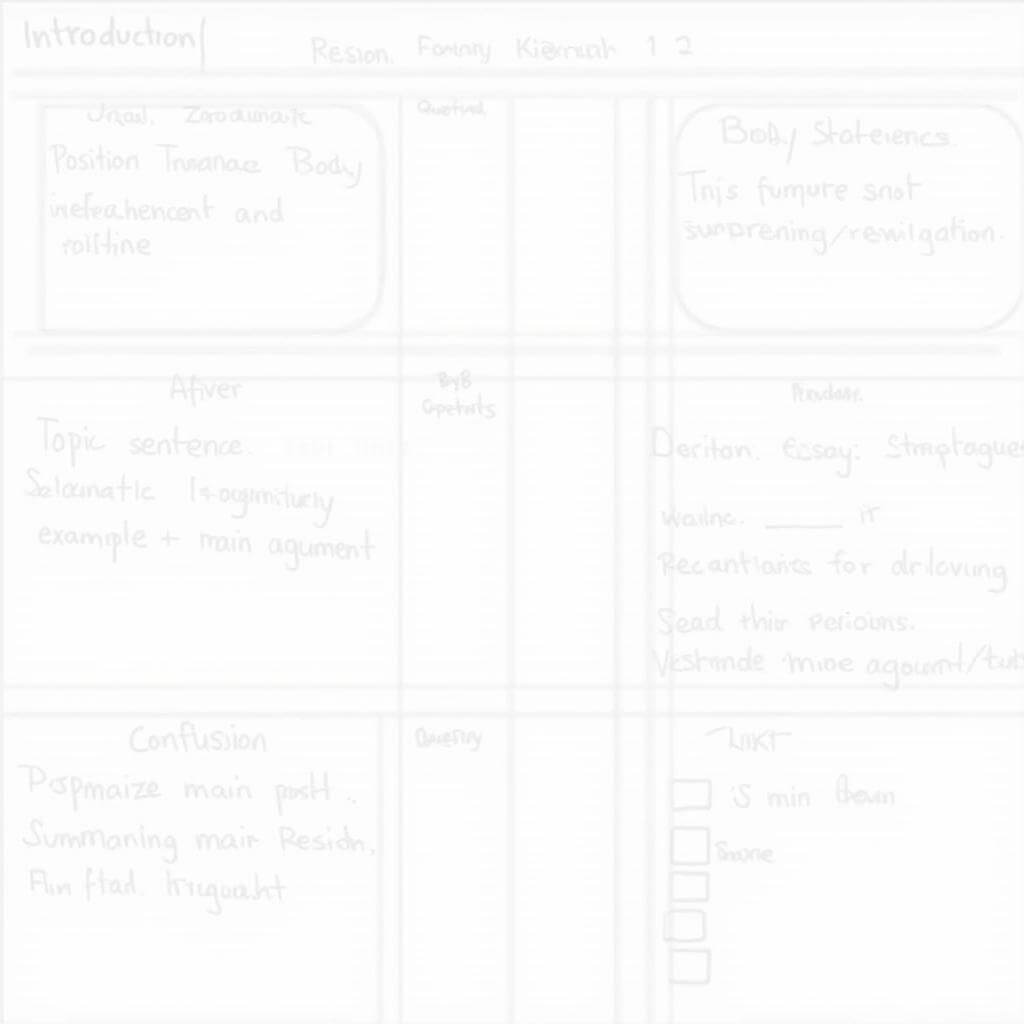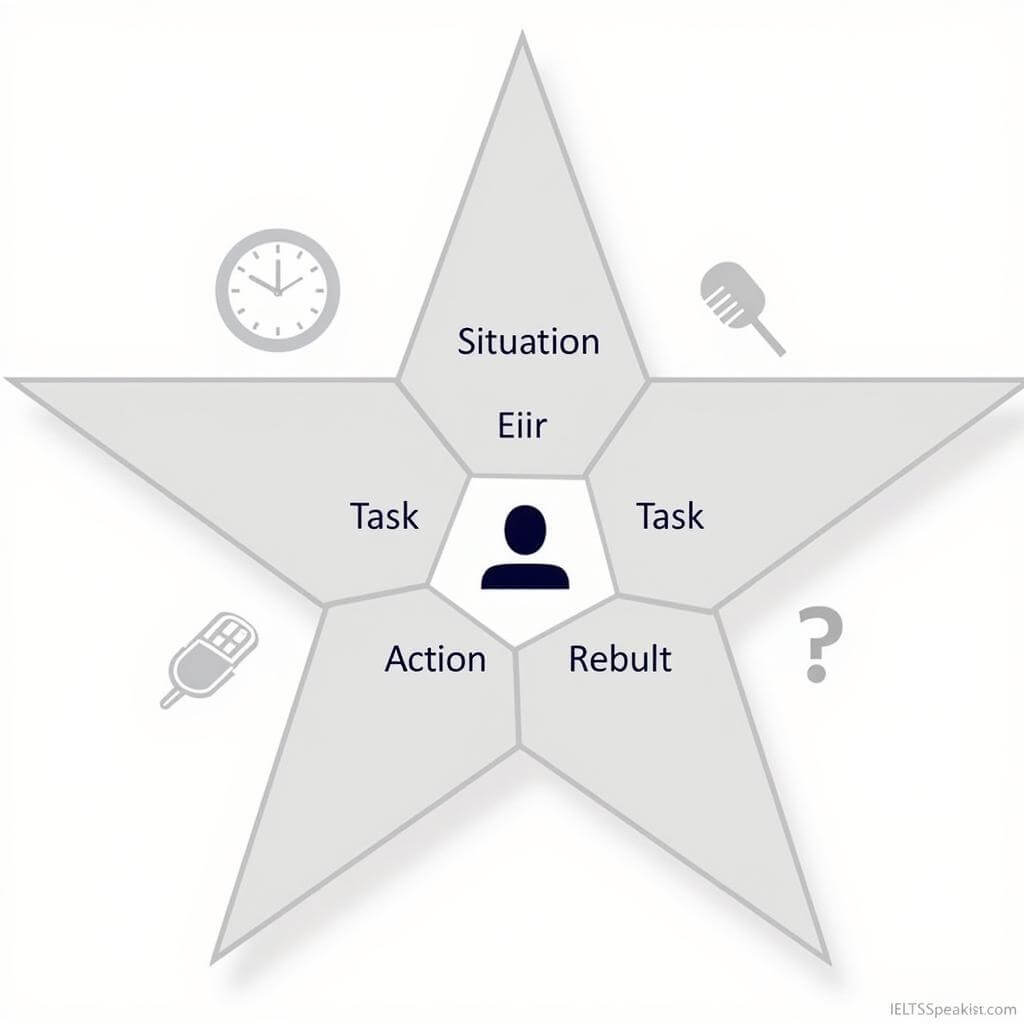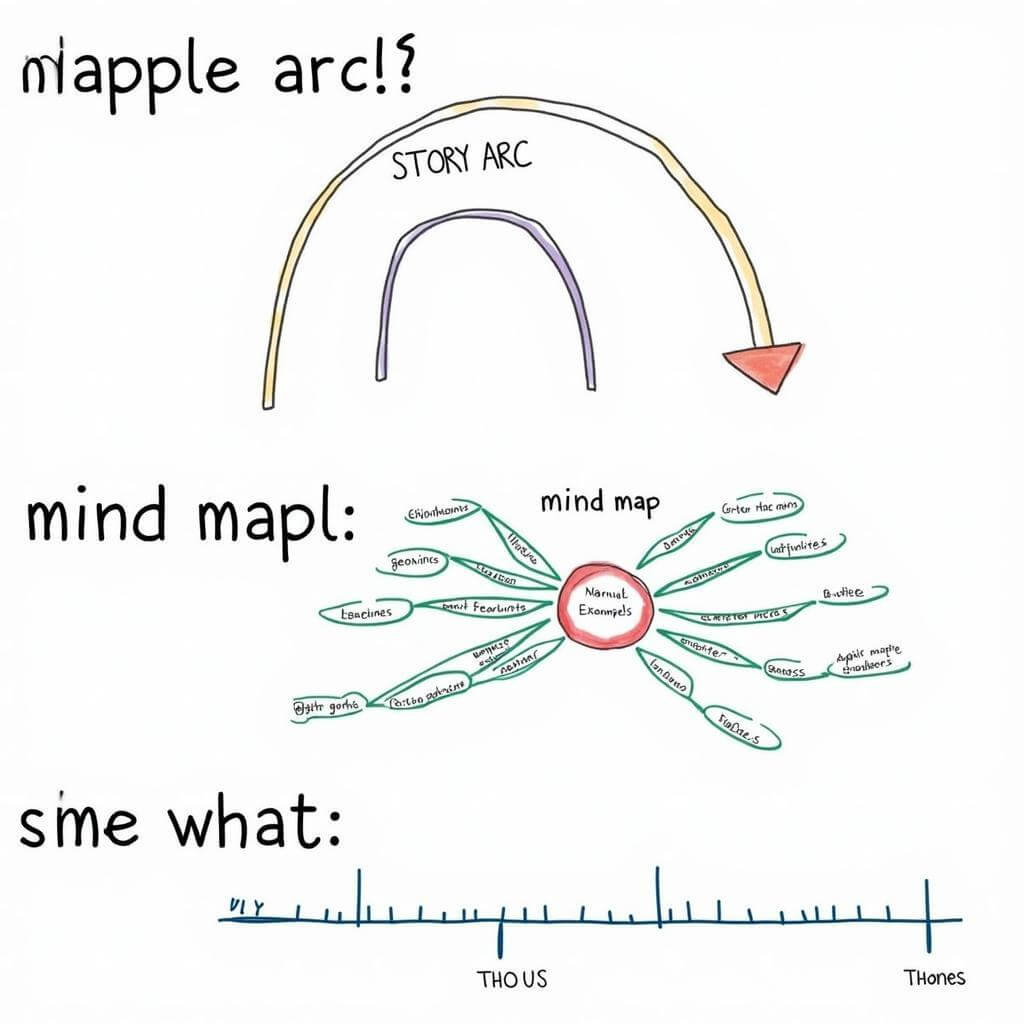IELTS Writing Task 2 can be challenging, but improving your essay structure is key to achieving a higher band score. This guide will provide you with practical strategies for enhancing your essay organization, helping you to present your ideas more effectively and boost your overall performance in the IELTS exam.
Table Of Contents
- Understanding the Importance of Essay Structure in IELTS Task 2
- The Basic Framework of an IELTS Task 2 Essay
- Crafting a Compelling Introduction
- Developing Strong Body Paragraphs
- Utilizing Cohesive Devices Effectively
- Crafting a Strong Conclusion
- Common Pitfalls to Avoid in Essay Structure
- Practical Tips for Improving Your Essay Structure
- The Role of Practice in Mastering Essay Structure
- Conclusion: Elevating Your IELTS Writing Performance
- FAQs About Improving Essay Structure in IELTS Task 2
Understanding the Importance of Essay Structure in IELTS Task 2
A well-structured essay is crucial for success in IELTS Writing Task 2. It not only makes your ideas clearer to the examiner but also demonstrates your ability to organize thoughts logically – a skill highly valued in academic and professional settings.
The Basic Framework of an IELTS Task 2 Essay
- Introduction
- Body Paragraphs (typically 2-3)
- Conclusion
While this structure may seem simple, mastering it requires practice and attention to detail. Let’s delve into each component and explore how to optimize them for better results.
Crafting a Compelling Introduction
Your introduction sets the tone for the entire essay. It should:
- Paraphrase the question
- Present your position or main idea
- Outline the main points you will discuss
Here’s an example of a strong introduction:
In today’s globalized world, the debate over whether children should learn a foreign language in primary school has gained momentum. While there are valid arguments on both sides, I believe that introducing foreign language education at an early age can be highly beneficial for children’s cognitive development and future prospects.
This introduction clearly states the topic, the writer’s position, and hints at the main points to be discussed.
strategies for writing task 2 body paragraphs
Developing Strong Body Paragraphs
Body paragraphs are where you present your arguments and support them with evidence. Each body paragraph should focus on a single main idea and follow this structure:
- Topic sentence
- Explanation
- Example or supporting evidence
- Link back to the main argument
Let’s look at an example of a well-structured body paragraph:
One significant advantage of learning a foreign language in primary school is the enhancement of cognitive skills. Young children’s brains are highly adaptable, making it easier for them to absorb new linguistic patterns. For instance, a study by the University of Washington found that bilingual children demonstrated improved problem-solving and critical thinking skills compared to their monolingual peers. This cognitive boost can have long-lasting effects, potentially improving academic performance across various subjects throughout their education.
This paragraph clearly presents a main idea, explains it, provides evidence, and links back to the overall argument.
Utilizing Cohesive Devices Effectively
Cohesive devices are crucial for improving the flow of your essay and connecting ideas seamlessly. Some examples include:
- Moreover
- Furthermore
- In addition
- On the other hand
- However
- Consequently
Use these devices to transition between paragraphs and ideas, but be careful not to overuse them. As Dr. Emily Carter, a renowned IELTS expert, advises:
“Cohesive devices are like spices in cooking. Used judiciously, they enhance the flavor of your essay. Overuse them, and you risk overwhelming the reader and detracting from your main points.”
using cohesive expressions in task 2
Crafting a Strong Conclusion
Your conclusion should:
- Summarize your main points
- Restate your position
- Provide a final thought or recommendation
Here’s an example of an effective conclusion:
In conclusion, while the debate on foreign language education in primary schools continues, the benefits of early language learning are clear. From enhancing cognitive skills to preparing children for a globalized world, the advantages outweigh the potential drawbacks. As we move forward, it is crucial for educational policymakers to consider implementing foreign language programs in primary schools to give children the best possible start in their linguistic journey.
Remember, your conclusion should not introduce new ideas but rather reinforce the arguments you’ve already made.
Common Pitfalls to Avoid in Essay Structure
- Lack of clear topic sentences
- Insufficient explanation or evidence
- Repetition of ideas across paragraphs
- Weak transitions between paragraphs
- Introducing new ideas in the conclusion
improving focus on key details
Practical Tips for Improving Your Essay Structure
- Plan your essay before writing
- Use a clear paragraph structure (PEEL: Point, Explanation, Example, Link)
- Practice timed writing to improve your ability to organize thoughts quickly
- Read sample high-scoring essays to understand effective structures
- Get feedback from a teacher or study partner on your essay organization
 IELTS Task 2 Essay Planning Template
IELTS Task 2 Essay Planning Template
The Role of Practice in Mastering Essay Structure
Improving your essay structure is not an overnight process. It requires consistent practice and reflection. As IELTS Writing coach Sarah Thompson notes:
“The key to mastering IELTS Task 2 essay structure is deliberate practice. Write essays regularly, analyze your structure, and actively seek ways to improve. Over time, you’ll develop an intuitive sense of how to organize your ideas effectively.”
how to practice writing task 2 at home
Conclusion: Elevating Your IELTS Writing Performance
Improving essay structure in IELTS Task 2 is a fundamental step towards achieving a higher band score. By focusing on crafting clear introductions, developing strong body paragraphs, using cohesive devices effectively, and writing impactful conclusions, you can significantly enhance the quality of your essays. Remember, the goal is not just to pass the IELTS exam, but to develop writing skills that will serve you well in your academic and professional future.
writing clearly for task 2 essays
FAQs About Improving Essay Structure in IELTS Task 2
-
How long should each paragraph be in an IELTS Task 2 essay?
Aim for 3-5 sentences per paragraph. This usually translates to about 50-80 words, allowing you to fully develop your ideas without becoming overly lengthy. -
Is it necessary to have a thesis statement in the introduction?
Yes, a clear thesis statement or position is crucial. It helps the examiner understand your stance and sets the direction for your essay. -
How can I improve the coherence of my essay?
Use a variety of cohesive devices, ensure each paragraph focuses on a single main idea, and create clear links between paragraphs to improve overall coherence. -
Should I use personal examples in my IELTS Task 2 essay?
Personal examples can be effective if they’re relevant and support your argument. However, make sure to balance them with more general or academic examples. -
How important is the conclusion in IELTS Task 2?
The conclusion is very important as it’s your final chance to reinforce your arguments. A strong conclusion can leave a lasting impression on the examiner. -
Can I use the first person (‘I’) in my IELTS Task 2 essay?
Yes, you can use the first person, especially when stating your opinion. However, use it judiciously and maintain a formal tone throughout the essay. -
How can I practice improving my essay structure at home?
Regularly write practice essays, time yourself, create essay outlines, and analyze high-scoring sample essays to understand effective structures. Consider joining online IELTS study groups for peer feedback on your essay organization.


